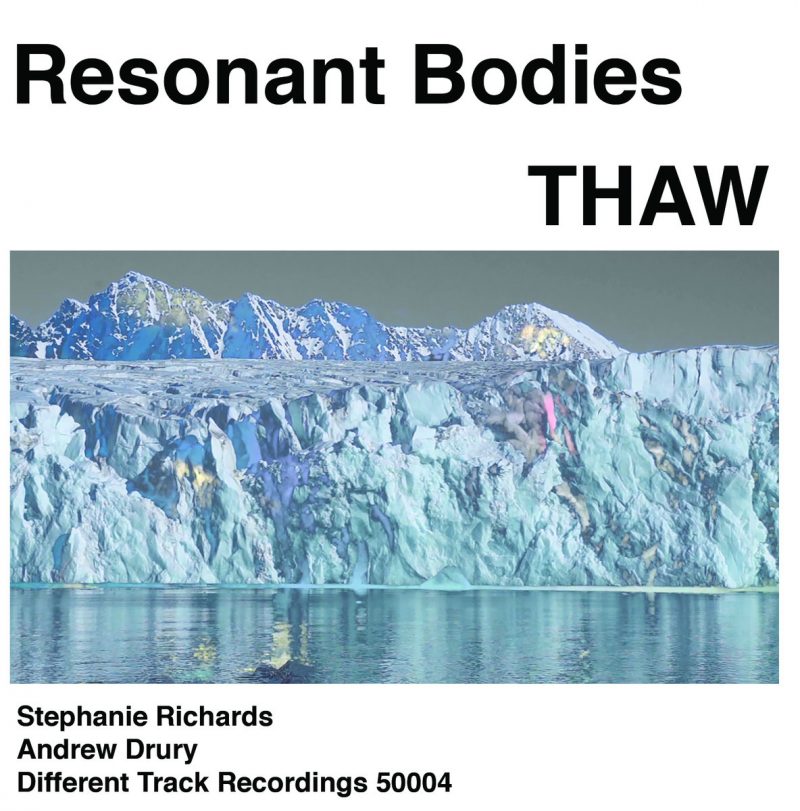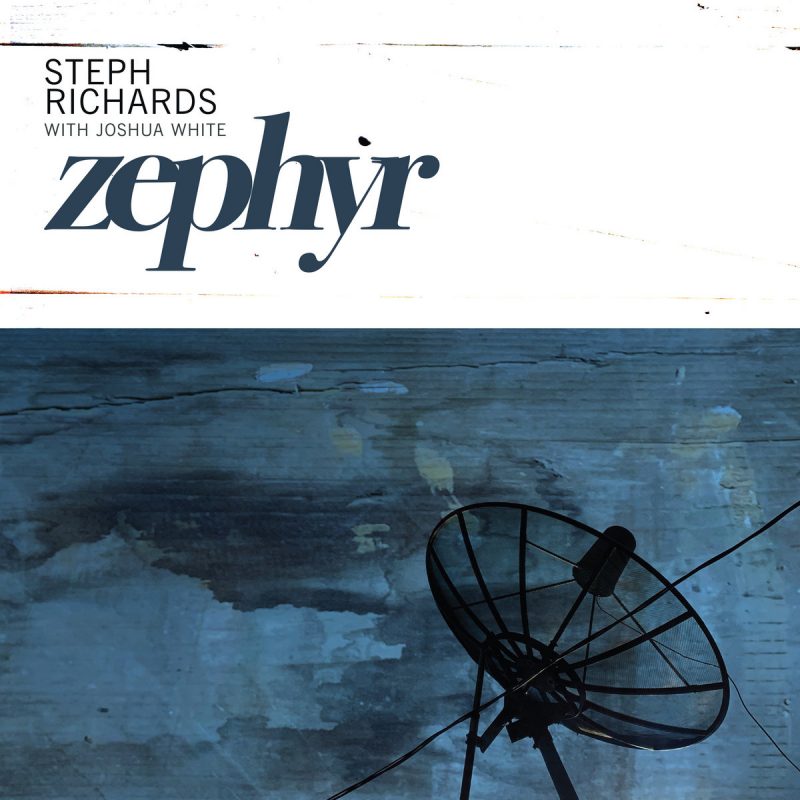Edited and mixed by Andrew Munsey
Mastered by Matt Baltrucki
Recorded by Andrés Gutierrez
Produced by Celeste Oram Album art by Audrey Hope
One way to approach Carolyn Chen’s Study on Westhoff Partita in d minor (2017) is to ask in what sense it is a “study.” As an extended musical exegesis, it generously comments on Westhoff’s Partita in d minor (1695). As an assembly of
For one example of this re-working, consider the fixation on the act of harmonic resolution. The piece dwells on the event of tension and release, dominant and tonic, five moving to one, as if in a hypnotic trance. But these are not resolutions in any traditional sense, nor are they outright rejections of harmony or the violent “emancipations” that did away with the 19th century harmonic order. If, in the familiar narrative of western music, harmony gets shattered and abandoned, this piece shows that smashing is not the only meaningful thing to do.
As dominant and tonic continually settle and re-settle into one another, as fragments of the Westhoff appear in ways that are at once disorienting and familiar, the logic of tension and resolution gradually transforms. Five no longer resolves into one or dominates it. Instead, the two circle each other, mutually engendering a harmonic fabric that gently resists normative force. Like the wood of the violin for which it is written, harmony in this piece is an apparently rigid thing that is loosened, coaxed into new shapes and given new meaning.
The analogy with wood is not trivial: as we hear the Westhoff materials continually explored and minutely varied, this recording teaches us to listen for the wood itself. And not just the wood: the whole physicality of the instrument and the player seem to participate in its meditations on harmony. We hear fingers rubbing strings, irregularities in unruly upper partials, and GoGwilt’s focused breath grappling with the extreme technical demands of the work. Drained of their familiar teleological trappings, harmonic resolutions now must call upon the patience and imagination of the performer to animate their push and pull. A tension moves just as easily to a bow overpressure or a dissolving harmonic glissando.
This gentle un-working of domination is not limited to the harmonic language; rather than presenting itself as a timeless musical work, Chen’s composition is a study on what she hears in GoGwilt’s iterative practice of practicing. The re-assembly of an alienated musical language is in this case a collaborative work between composer and performer.
-Tobin Chodos
released June 8, 2018




